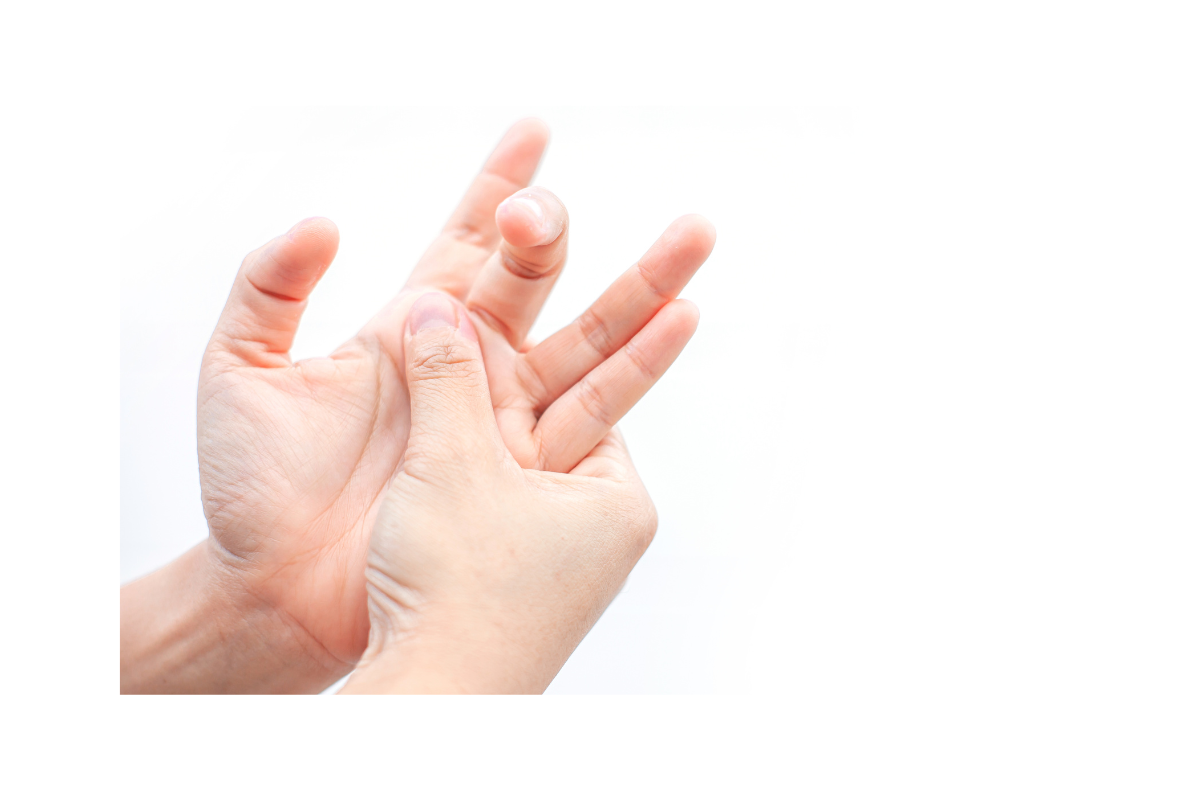Caroline Caroline explains what Trigger Finger is and the options for treating it.
We have all at some stage no doubt, held a stapler and felt the catch point where the staple engages with the paper and we feel the paper resisting. We then, with a little more effort, are able to push the staple through the paper. We release the pressure and the stapler opens up and we move onto the next task.
Now, not every stapling task is easy like that.
Sometimes we try to staple something which is too thick and can’t get past the catch point.
Sometimes, when we release the pressure the stapler stays shut or “caught”, which is then when we bring both hands onto the stapler and prize it apart.
Sometimes it catches, sometimes it’s smooth. Mostly, we just do the stapling task and don’t think twice about it.
Fingers are like that.. They bend and extend and we don’t think about it.
Sometimes, fingers when bending feel a “catch” point of resistance and with a little extra effort we can proceed. Sometimes this catch point is also felt when opening (extending) the fingers out of the fist, again with a little effort we can complete the task. With time and a little bit or a lot of ignoring that “first catch” our fingers can then get stuck or locked. Similar to the stapler we have to use a second hand to prize the finger back out.
This is what we call Trigger finger.
It can be painful, it can be a nuisance, it can stop you from making a fist or from opening your hand back out.
The “catch” is when the tendon no longer glides smoothly through the pulleys which, like eyelets on a fishing rod keep the tendon close to the bone. There might be inflammation on the tendon or there might be inflammation at the pulley, you might develop a small raised bump in the palm of the hand where the inflammation is, you might be able to feel the tendon catching and grabbing using your other hand.
The treatment options are:
- Do nothing and ignore the problem, hope that it will go away
- Hand Therapy – Splint to reduced the trigger +/- massage +/- shock wave therapy/ultrasound/low level laser therapy
- Steroid Injection (if there is no improvement at all after 4 weeks splinted)
- Surgical release (if splinting and steroid injection did not do enough)
Most people respond to splinting alone, the gold standard is splinting and injection in combination. Some people get referred straight to a Hand Surgeon by their GP and never try the conservative options first, the goal at the end of the day is smooth easy gliding tendons and fingers that can be used without a second thought.
If you have a trigger finger or think you might have one, try to do something about it before it is “locking” as with all things, when addressed earlier it’s a little easier to get on top of!
At Innovations Physio & Pilates, we can assist with getting you back to your activities with confidence and comfort.
